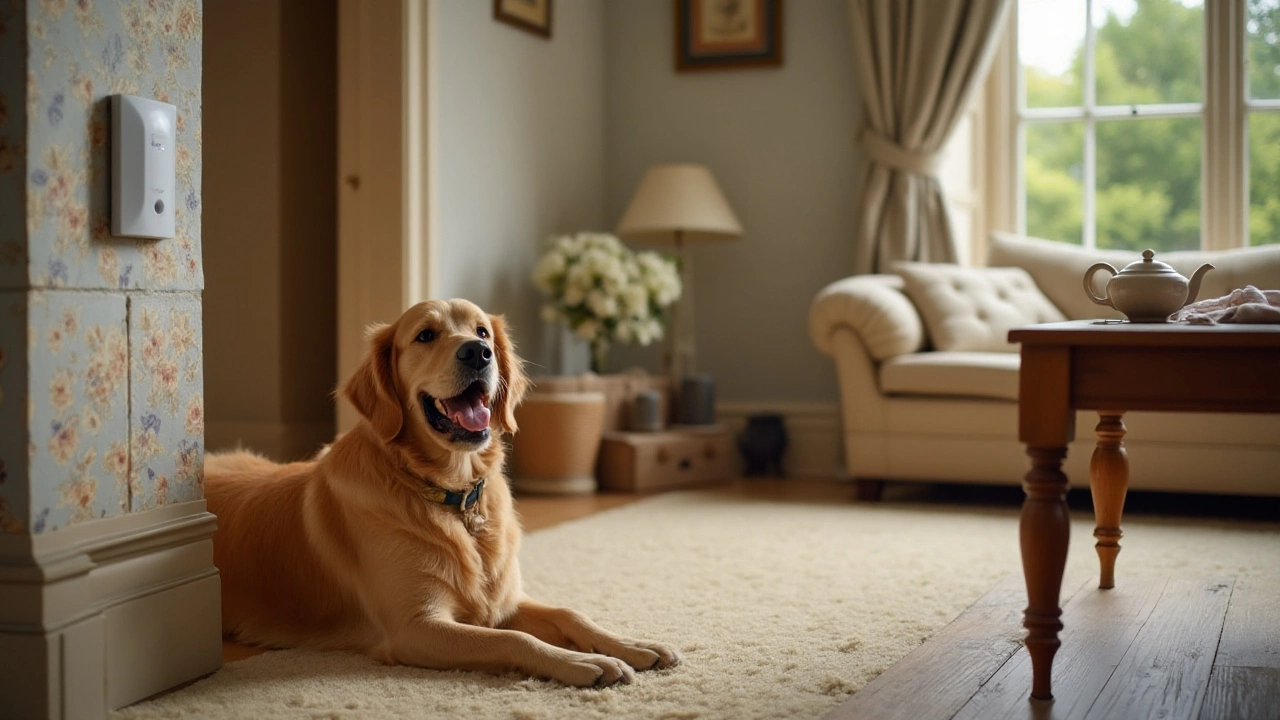Ever heard the siren after your kitty wanders past a motion detector? You’re not alone. Many homeowners get annoyed when pets trigger the alarm and call the police. The good news is you can pick the right sensor and tweak a few settings so your furry friends stay out of trouble while your house stays protected.
Most motion sensors use passive infrared (PIR) technology. They look for heat signatures that move across their field of view. A cat’s body temperature is close to a human’s, so the sensor can’t tell the difference. Small dogs, especially those that run or jump, also produce enough movement to fool the detector.
Another factor is placement. If you mount a sensor too low, it will pick up a pet’s height as normal activity. Likewise, a wide‑angle lens sees more of the room, increasing the chance of a false alarm. The sensor’s sensitivity setting matters too – high sensitivity means even a slow‑moving cat can set it off.
Look for devices that advertise a "pet immunity" or "pet‑friendly" mode. These units let you set a minimum pet weight, usually between 30‑80 lb. Anything lighter is ignored, so a small dog or cat won’t trigger the alarm. Brands like SimpliSafe, ADT and Ring offer this option.
If the system you already have doesn’t have a pet mode, you can still reduce false alerts. Raise the sensor so the bottom of its view sits above your pet’s head—typically 6‑7 ft from the floor. Add a pet‑specific motion detector that combines PIR with microwave technology; the microwave part filters out small movements while still catching a human.
Another easy fix is to create a pet‑free zone. Use a small decorative screen or a pet gate to keep the animal out of the sensor’s line of sight. Simple changes like moving a hallway sensor away from the cat’s favorite perch can make a big difference.
Finally, test the system after any adjustment. Walk around the room, then let your pet roam the same area. If the alarm stays silent, you’ve got it right. If not, fine‑tune the sensitivity a notch lower or reposition the sensor a little higher.
Pet motion sensors don’t have to be a headache. With the right hardware and a few placement tricks, you can protect your home and keep your pets out of the alarm loop. That means fewer false alerts, less stress, and more peace of mind for you and your furry companions.

Exploring how Ring motion detectors can safely integrate into pet-loving homes without triggering false alarms. This article delves into how these systems differentiate between human intruders and furry friends, ensuring seamless security. We’ll also highlight the advanced technologies and settings that accommodate various pet sizes and behaviors. Readers will gain insights into choosing the right products and optimizing their setup to maintain peace of mind while keeping pets comfortable.